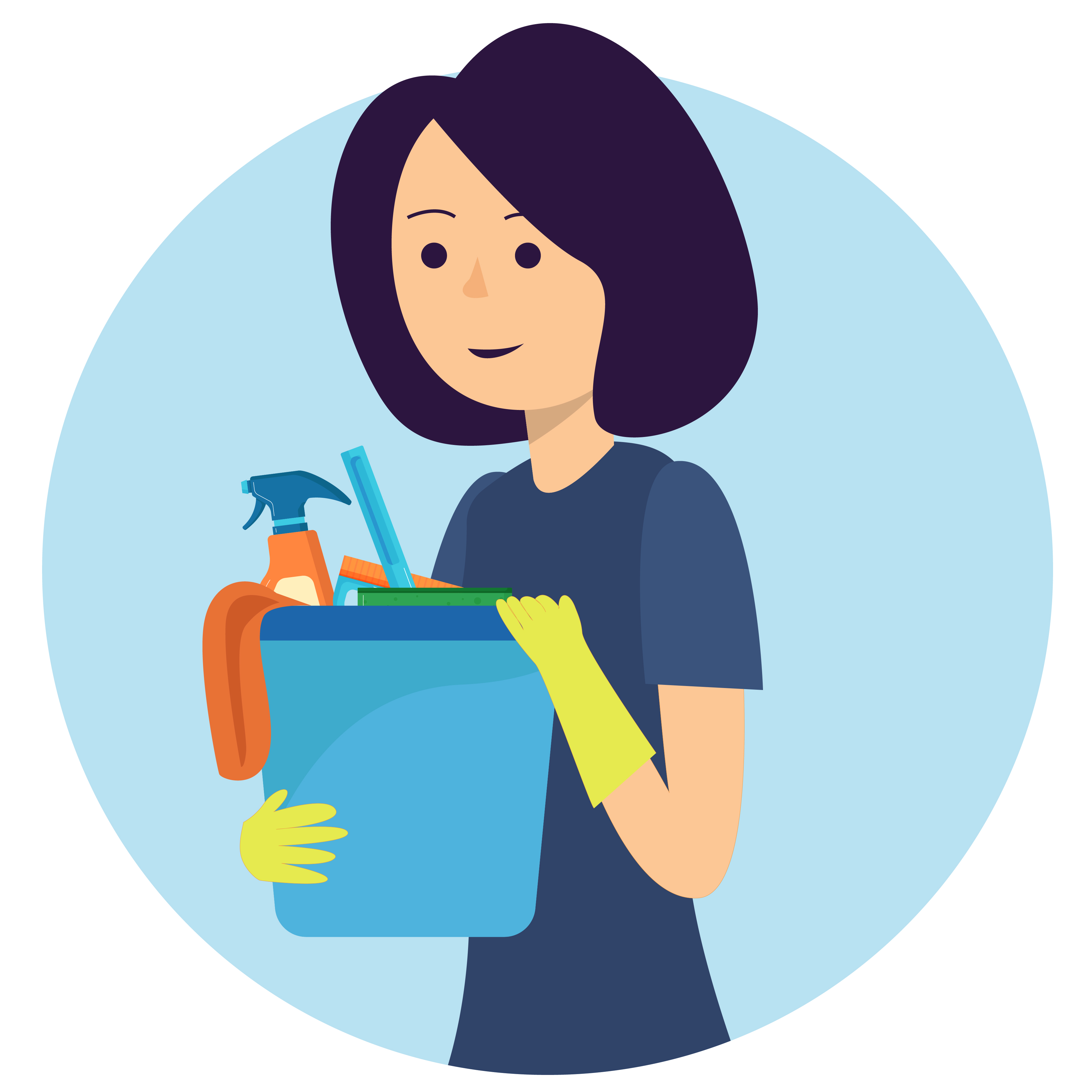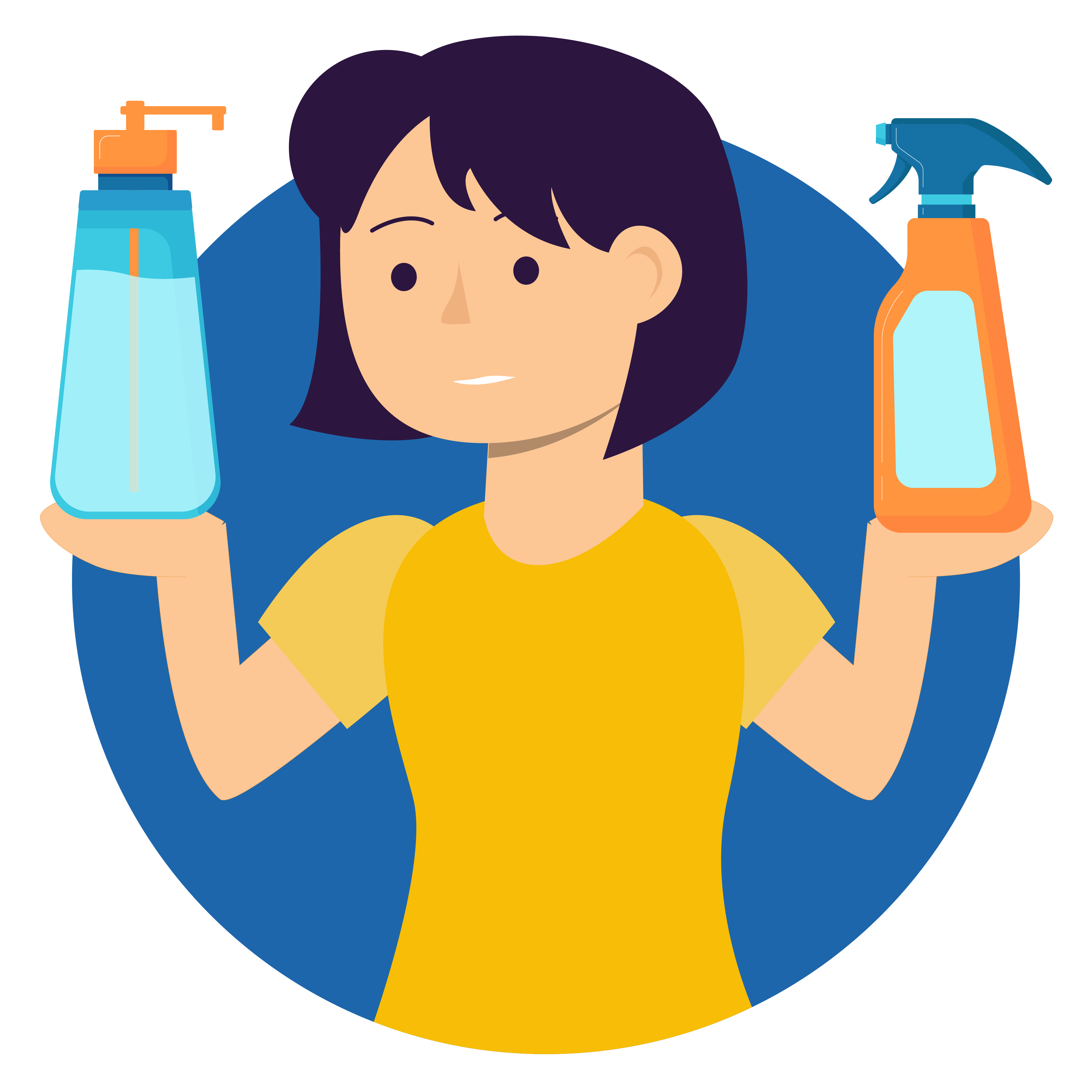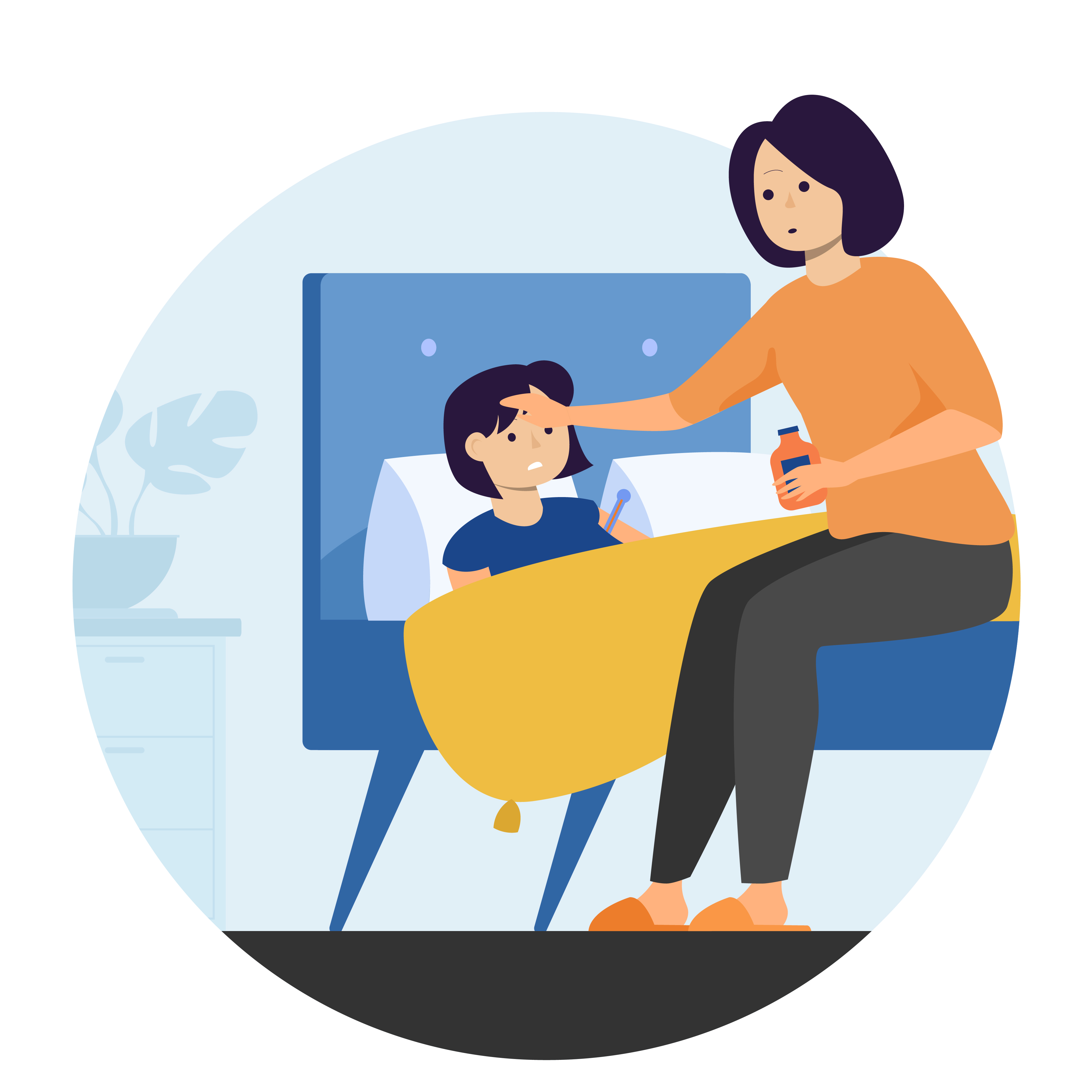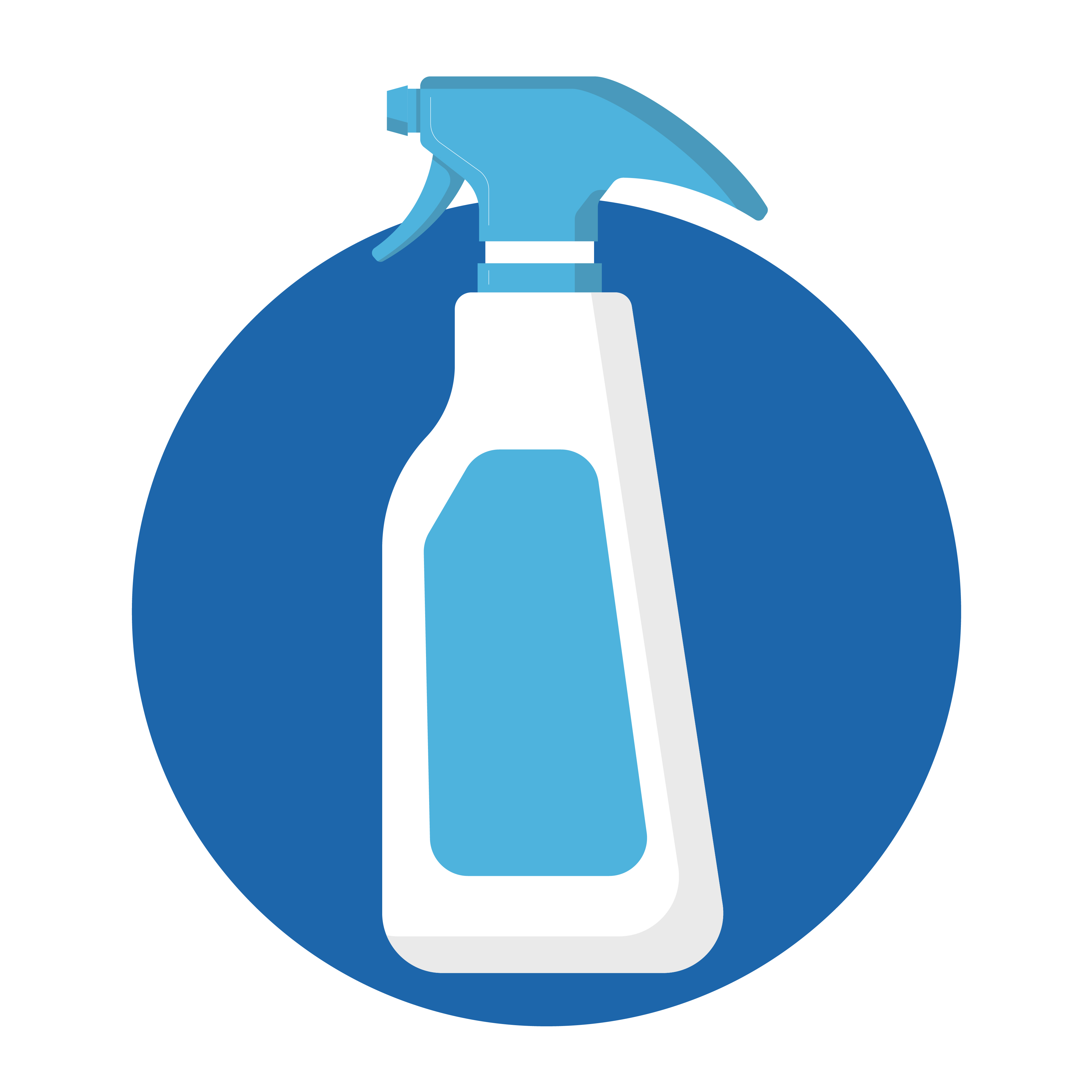Cleaning, disinfecting, ventilation
Cleaning and Disinfecting Your Facility
 The most reliable way to prevent infection with COVID-19 is to wash hands or use hand sanitizer regularly. Cleaning and disinfecting surfaces can also reduce the risk of infection.
The most reliable way to prevent infection with COVID-19 is to wash hands or use hand sanitizer regularly. Cleaning and disinfecting surfaces can also reduce the risk of infection.
The Minister of Health of the Republic of Armenia establishes methodological standards for disinfection procedures to prevent coronavirus infection in Armenia.
COVID-19 is prevented and combated with preventative (current, final) disinfection.
When to Clean and When to Disinfect
 Cleaning with products containing soap or detergent reduces germs on surfaces by removing contaminants and decreasing the risk of infection.
Cleaning with products containing soap or detergent reduces germs on surfaces by removing contaminants and decreasing the risk of infection.
When no people with confirmed or suspected COVID-19 are known to have been in a space, cleaning once a day is usually enough to sufficiently remove the virus on surfaces and help maintain a healthy facility—in addition, disinfecting kills any remaining germs on surfaces, further reducing any risk of spreading infection.
You may want to either clean more frequently or choose to disinfect (in addition to cleaning) in shared spaces if the space is a high traffic area or if certain conditions apply that can increase the risk of infection from touching surfaces:
● Increased transmission of COVID-19 in your community;
● Low vaccination rates in your community;
● Infrequent use of other prevention measures, such as mask-wearing (among unvaccinated people) and hand hygiene; or
● The space is occupied by people at increased risk for severe illness from COVID-19
If a sick person or someone who tested positive for COVID-19 in your facility within the last 24 hours, you should clean AND disinfect the space.
Additional Considerations for Employers and Facility Operators
● Educate workers who clean, wash laundry, and pick up trash to recognize the symptoms of COVID-19.
● Develop policies to protect and train workers before assigning cleaning and disinfecting tasks.
○ To protect workers from hazardous chemicals, training should include when to use PPE, what PPE is necessary, how to properly put on, use, and take off PPE, and how to properly dispose of PPE.
This guidance is indicated for cleaning and disinfecting buildings in community settings to reduce the risk of COVID-19 spreading. This guidance is not intended for healthcare settings or for operators of facilities such as food and agricultural production or processing workplace settings, manufacturing workplace settings, or food preparation and food service areas where specific regulations or practices for cleaning and disinfection may apply. ¹
In particular, Armenia has a law on COVID-19 preventive measures methodological guide adopted by the Minister of Health of the Republic of Armenia.
Clean and Disinfect Your Facility When Someone is Sick
If there has been a sick person or someone who tested positive for COVID-19 in your facility within the last 24 hours, you should clean and disinfect the spaces they occupied.
Before cleaning and disinfecting
● Close off areas used by the person who is sick and does not use those areas until after cleaning and disinfecting.
● Wait as long as possible (at least several hours) before you clean and disinfect.
While cleaning and disinfecting
● Open doors and windows and use fans to increase air circulation in the area.
● Use disinfectant products according to the instructions on the product label.
● Wear a mask and gloves while cleaning and disinfecting.
● Focus on the immediate areas occupied by the person who is sick or diagnosed with COVID-19 unless they have already been cleaned and disinfected.
● Vacuum the space if needed.
● It is safe to wash dirty laundry from a person who is sick with COVID-19 with other people’s items if needed.
● Ensure safe and correct use and storage of cleaning and disinfectant products, including storing such products securely and using PPE needed for the cleaning and disinfection products.
● If less than 24 hours have passed since the person who is sick or diagnosed with COVID-19 has been in the space, clean and disinfect the area.
● If more than 24 hours have passed since the person who is sick or diagnosed with COVID-19 has been in the space, cleaning is enough. However, you may choose to also disinfect depending on certain conditions or everyday practices required by your facility.
● If more than three days have passed since the person who is sick or diagnosed with COVID-19 has been in the space, no additional cleaning (beyond regular cleaning practices) is needed.
When Someone is Sick: Clean and Disinfect Your Home
Keep a separate bedroom and bathroom for a person who is sick (if possible).
 If the sick person is able to clean
If the sick person is able to clean
● Provide dedicated cleaning and disinfecting supplies to the person who is sick.
○ Supplies include tissues, paper towels, cleaners, and disinfectants.
● In shared spaces, the person who is sick should clean and disinfect surfaces and items after each use.
If the sick person cannot clean
Put on a mask and ask the sick person to put on a mask before entering the room.
● Wear gloves if needed for your cleaning and disinfection product(s).
● Only clean and disinfect the area around the person who is sick when needed (when the area is soiled) to limit your contact with the person who is sick.
● Open outside doors and windows to increase air circulation.
After eating
● Wear gloves when handling dishes and utensils for the person who is sick.
● Wash dishes and utensils with soap and hot water or in the dishwasher.
● Clean hands after taking off gloves or handling used items.
Handling trash
● Use a dedicated, lined trash can for the person who is sick.
● Use gloves when removing garbage bags and handling and disposing of trash.
● Wash hands after disposing of the trash.
 When Someone Is No Longer Sick: Cleaning and Disinfecting Your Home
When Someone Is No Longer Sick: Cleaning and Disinfecting Your Home
After the person who was sick no longer needs to be separated:
Wait as long as possible (at least several hours) before you clean and disinfect.
● Less than 24 hours: Follow the guidance for cleaning and disinfecting when sick. Clean and disinfect surfaces in the areas that the sick person uses (such as the bedroom and bathroom) if you enter these areas less than 24 hours after the person is no longer sick. Wear a mask when entering the room, open windows and use fans to help increase airflow, and always use disinfectants safely.
● Between 24 hours and three days: Clean surfaces (disinfection is not needed) in the areas that the sick person uses if you enter these areas between 24 hours and three days after the person is no longer sick.
● After three days: No additional cleaning (aside from routine cleaning) is needed in the areas that the sick person uses if you enter these areas more than three days after the person is no longer sick.
Ventilation in Buildings
SARS-CoV-2 viral particles spread between people more readily indoors than outdoors. Indoors, the concentration of viral particles is often higher than outdoors, where even a light wind can rapidly reduce concentrations. When indoors, ventilation mitigation strategies can help reduce viral particle concentration. The lower the concentration, the less likely viral particles can be inhaled into the lungs (potentially lowering the inhaled dose); contact eyes, nose, and mouth; or fall out of the air to accumulate on surfaces. Protective ventilation practices and interventions can reduce the airborne concentrations and reduce the overall viral dose to occupants. ³
The following strategies can help improve ventilation:
● Increase the introduction of outdoor air by opening windows and doors to increase outdoor airflow. Do not open windows and doors if doing so poses a safety or health risk to occupants in the building.
● Use fans to increase the effectiveness of open windows. Fan placement is important and will vary based on room configuration to achieve this safely. However, avoid placing fans in a way that could cause contaminated air to flow directly from one person to another.
● Improve central air filtration and add portable air fan/filter systems to enhance air cleaning.
Outdoor areas
● High-touch surfaces made of plastic or metal, such as grab bars, play structures, and railings, should be cleaned regularly.
● Cleaning and disinfection of wooden surfaces (such as wood play structures, benches, tables) or groundcovers (such as mulch and sand) are not recommended.

